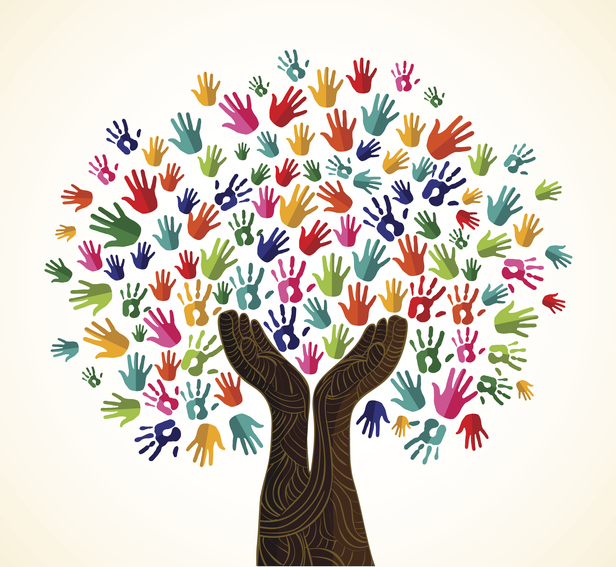
On International Mother Language Day, the first international, open access, electronic multilingual journal entirely dedicated to the revitalization and sustainability of Indigenous and minoritized languages was launched.
This year marks the first year of the International Indigenous Languages Decade, which will run from 2022 to 2032, as designated by the United Nations. Living Languages was launched in celebration of the decade designation, with the goal of “promoting scholarly work and experience-sharing in the field of language revitalization.” Founding chief editor and University of Oregon associate professor of linguistics Gabriela Pérez Báez explained the concept to the University’s publication, Around the O, “As many of us in Living Languages are Latin American, we do feel the pressure of English taking over the academic publication venues, and we find ourselves often having to publish in English about languages that are spoken in Latin America. By doing so, we’re working against the fair dissemination of information to the very members of the communities we are writing about. So we wanted to make sure we could publish in a variety of languages.”
Victoria Sanchez, of the UO’s College of Arts and Sciences, reports that the primary focus is on bringing together language revitalization practitioners from a diversity of backgrounds, whether they’re steeped in academia or not, within a peer-reviewed publication medium that’s inclusive of a diversity of perspectives and forms of expression.
The journal is not just for academics, so submissions from all language revitalization practitioners are encouraged. It will be published in multiple languages, including the Indigenous languages which are being discussed. The journal’s first volume is now live and can be downloaded in Kaingang and Chikashshanompa’ in addition to Portuguese, Spanish, and English. The journal is open source, so all content is freely available without charge.
“Living Languages is designed to be as inclusive as possible,” Pérez Báez said. “We hope that the way we’ve conceived the journal will invite all of these voices so that these experiences can be shared around the world, because that helps us all learn how to be active in sustaining linguistic diversity around the world.”





